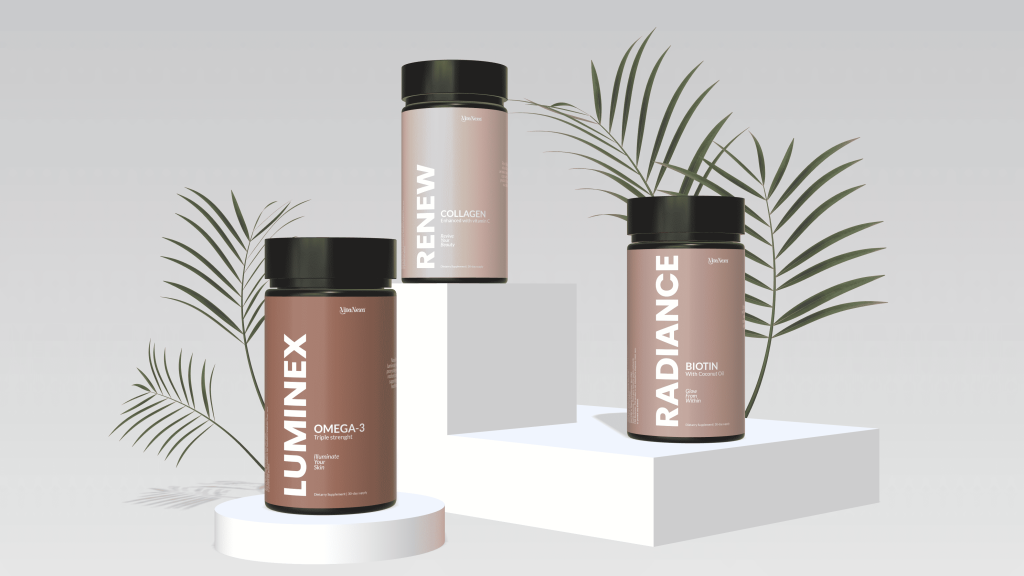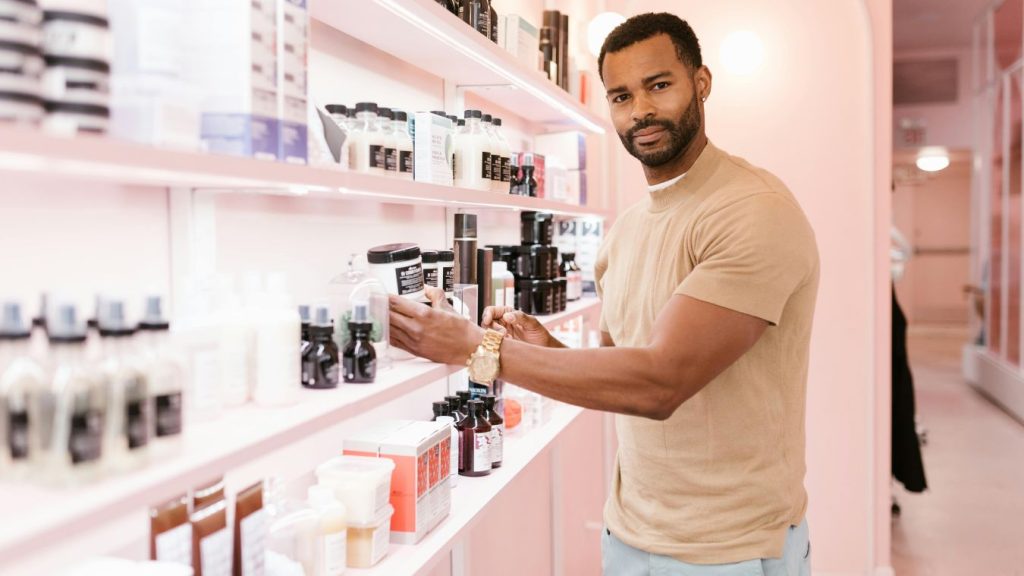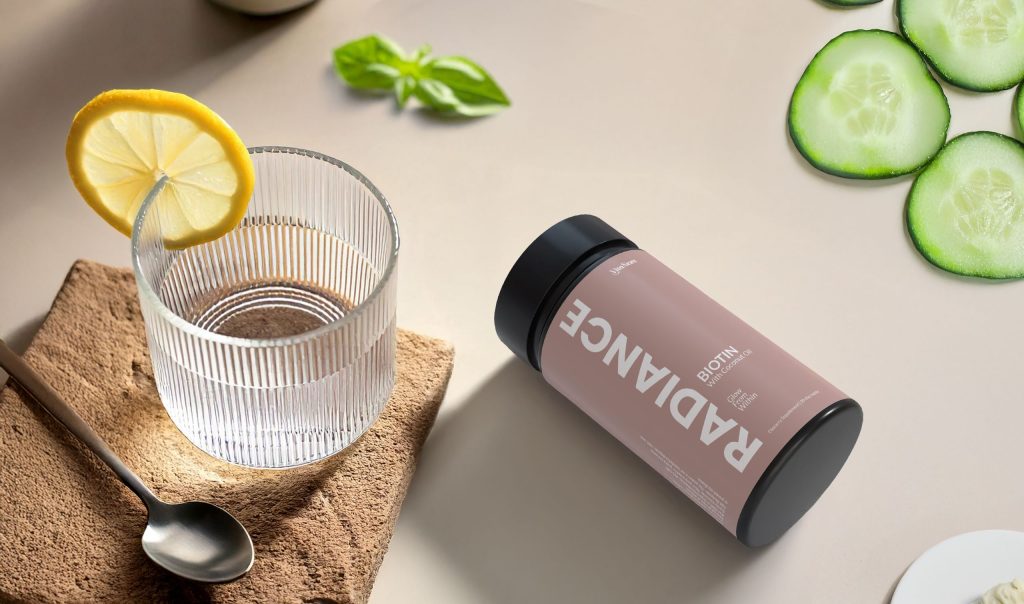Retail vs. DTC: Which Sales Model Works Best for Your CPG Brand?

Deciding how to sell your health & wellness products is one of the most critical choices your CPG brand will make. The sales channel you choose will directly affect your growth potential, brand perception, and long-term sustainability. With the rise of e-commerce, many brands are debating whether to go all-in on direct-to-consumer (DTC) sales or maintain a presence in traditional retail stores. This decision isn’t just about profit margins—it’s about how your customers shop, how they discover new products, and what kind of buying experience you want to offer.
Understanding the benefits and challenges of each model can help you create a strategy that aligns with your brand’s goals. At Aventive Studio, we’ve helped brands like Natrava refine their positioning and sales strategy, allowing them to scale successfully while maintaining strong customer relationships. Below, we’ll explore the differences between retail and DTC, the advantages and drawbacks of each, and how to determine which model is best for your brand. Should you go the traditional retail route and partner with large chains and specialty stores? Or should you sell directly to consumers (DTC) through e-commerce and subscriptions? Each model has its benefits and challenges, and choosing the right one can impact your brand’s success, profitability, and scalability.

The Retail Model: Pros and Cons
Retail is the traditional sales channel for CPG brands. Getting your health & wellness products on the shelves of big-box stores, boutique shops, and grocery chains can lead to significant brand exposure and credibility. However, it comes with challenges like distributor fees, retailer margins, and complex supply chain logistics.
Benefits of Retail Sales for wellness products
Retail is a time-tested way to scale a CPG wellness brand, allowing you to tap into an established customer base and leverage the credibility of well-known stores. Being stocked in major chains increases brand recognition, and consumers often trust products more when they see them in reputable retail locations. Additionally, retailers purchase in bulk, leading to consistent, predictable revenue for your business. Many shoppers enjoy the convenience of buying products they can see and feel, making in-store presence valuable. Moreover, impulse buying remains a huge advantage—customers frequently pick up products they weren’t planning to buy simply because they are available at the right moment and in the right place. Being stocked in well-known stores increases brand awareness and legitimacy. Retailers often order in bulk, providing a steady revenue stream. Many shoppers trust products they can physically see and touch, which makes retail an attractive channel. Additionally, in-store browsing can lead to impulse purchases, further driving sales.
Challenges of Retail Sales for wellness products
Despite its advantages, retail comes with significant hurdles. Retailers take a percentage of your sales, meaning your profit margins shrink. Additionally, shelf space is highly competitive, and getting a retailer to stock your product requires persistent outreach and often an investment in promotions and marketing. Once your product is on the shelf, you have less control over how it is displayed, marketed, and discounted, making it harder to maintain a premium brand perception. Furthermore, cash flow can become an issue as many retailers operate on net payment terms, meaning you might not get paid for weeks or even months after your products are sold. Supply chain complexities also become an issue as scaling retail requires ensuring enough stock is always available, which can be costly and difficult to manage. Retailers take a percentage of your sales, and slotting fees can be costly. Your brand’s placement, promotions, and pricing are often controlled by the retailer. The competition for shelf space is intense, and slow payment cycles can create cash flow challenges for emerging brands.

The DTC Model: Pros and Cons
Direct-to-consumer (DTC) sales have exploded in recent years thanks to e-commerce and social media marketing. Selling through your website, marketplaces like Amazon, or subscription services allows you to connect with customers directly and keep more of your profits.
Benefits of DTC Sales for health & wellness brands
The rise of e-commerce has made direct-to-consumer (DTC) an attractive option for many brands, allowing them to maintain complete control over pricing, branding, and customer experience. Selling through your website or marketplaces like Amazon removes middlemen, leading to higher profit margins per unit sold. DTC brands can cultivate direct relationships with customers, gather first-party data to improve marketing, and quickly pivot based on consumer feedback. Digital advertising allows for hyper-targeted marketing campaigns, which can lead to higher conversion rates compared to traditional retail strategies. Additionally, subscription models and bundling options give brands creative ways to boost recurring revenue and customer retention. Without retailer cuts, you retain more revenue per sale. You also have complete control over how your product is marketed, priced, and presented. Selling DTC provides direct customer insights, enabling better engagement and retention. Additionally, brands have flexibility with pricing and promotions, without retailer restrictions.
Challenges of DTC Sales for health & wellness brands

While DTC offers higher margins, it also comes with high customer acquisition costs. Running paid social media ads, influencer partnerships, and SEO campaigns requires significant upfront investment before seeing strong returns. Managing logistics, warehousing, and order fulfillment can be daunting, especially as your brand scales. Consumers may hesitate to buy from new brands they’ve never heard of, making it difficult to build trust without the built-in credibility that retail provides. Additionally, handling customer service, returns, and refunds falls entirely on your brand, requiring excellent support systems to maintain a positive reputation. The demand for fast shipping also puts pressure on brands to optimize their supply chain and invest in fulfillment solutions. Running a DTC brand requires significant investment in digital marketing, SEO, and customer acquisition. Managing fulfillment and logistics can be complex, especially for growing brands. Without retail exposure, earning consumer trust in wellness products takes longer, and handling customer service—including returns and refunds—is entirely your responsibility.
Hybrid Approach: Best of Both Worlds?
Many CPG health & wellness brands find success by blending retail and DTC strategies. A hybrid model allows brands to scale through retail while maintaining control and customer engagement through DTC.
For example, when working with Wagwholistic, we developed a hybrid approach where their premium pet supplement products launched online first to build brand awareness and a loyal customer base. Once demand grew, we transitioned them into select retail partnerships, ensuring they entered stores with strong brand recognition.

How to Choose the Best Model for Your Brand
Choosing between retail and DTC isn’t just about profit margins—it’s about understanding where your customers are most likely to buy your products and how they prefer to shop. Some brands benefit from the exposure and credibility that retail brings, while others thrive in the digital space by leveraging brand storytelling and direct marketing. Brands should also evaluate their operational strengths. If logistics and fulfillment are a challenge, working with retailers might be the better option. On the other hand, if brand control and direct customer engagement are priorities, a strong DTC strategy could be the best route. Many successful brands test both models before fully committing to one, gradually shifting their strategy based on real-world results.
Selecting the right sales model requires a deep understanding of your audience, your operational capacity, and your vision for long-term growth. Some brands thrive in retail environments because they prioritize visibility and bulk sales, while others excel in DTC because they value control and direct customer engagement. Before making a decision, ask yourself:
- Where does your target customer shop? If they prefer convenience, retail may be better. If they seek niche, premium products, DTC could work well.
- Do you have the resources for fulfillment and logistics? DTC requires managing shipping and inventory.
- Are you willing to give up some control? Retail partnerships mean adhering to store policies and pricing structures.
- What’s your marketing strategy? Retail requires in-store promotions, while DTC demands digital ad spend and content marketing.

There is no one-size-fits-all solution when it comes to choosing between retail and DTC. The best path for your CPG health & wellness brand depends on your product, target audience, resources, and long-term vision. Some brands thrive in retail environments, while others flourish by engaging customers directly through digital channels. Many companies opt for a hybrid model, blending retail and DTC to maximize reach and revenue. If you’re unsure which approach is best for your business, testing different strategies and tracking key performance metrics can help guide your decision. Regardless of which route you take, staying adaptable and understanding consumer behavior will be key to long-term success.
Your brand’s success depends not only on having a great product but also on selecting the right distribution strategy. Whether you choose retail, DTC, or a hybrid approach, understanding how each model aligns with your business objectives will ensure long-term sustainability. Some brands see immediate success in one channel, while others benefit from testing multiple approaches before committing. While retail provides scale and credibility, DTC allows for better margins and customer relationships. Many brands, like VitaNexa, have found success with a hybrid model, leveraging the best of both worlds.

If you’re looking to refine your brand strategy and determine the best sales approach, contact us today. Aventive Studio specializes in helping CPG health & wellness brands develop effective positioning, branding, and sales strategies to thrive in any market.
